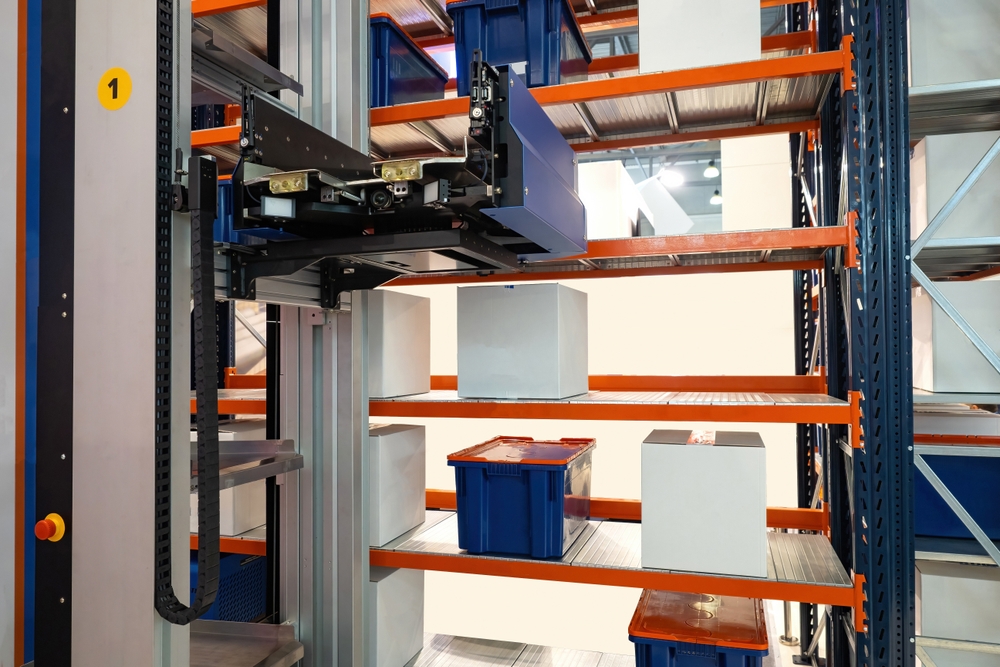Why B2B Tech Will Drive the Next Innovation Cycle

The all-encompassing rise of contemporary consumer technology has fundamentally transformed the world.
Innovations like video streaming and social media brought new behavioral expectations around a seamless user experience (UX) and frictionless optionality, paired with contextual personalization, that have shaped countless disruptive advances since.
Now, industry observers believe it’s time for B2B tech to power the next innovation cycle, particularly as cybersecurity solutions, IoT (internet of things) connected hardware plays, payment automation, big data analysis and AI platforms surrounding various B2B environments have their turn in the sun.
This, as Meta’s WhatsApp Business platform has reportedly gained 150 million users in just the three years since its 2020 launch, while Amazon for Business, a relative upstart in the B2B arena, has in the eight years since its own launch already leveraged a competitively seamless UX to drive nearly $35 billion in annualized gross sales.
After all, many of the decision-makers helming today’s leading businesses themselves increasingly grew up raised on the one-click ease of consumer-facing tech UX.
But incumbent B2B firms and solution providers shouldn’t let consumer-first platforms and big tech companies eat their lunch while poaching their audience.
Today’s macro challenges, including record-high inflation and rising interest rates, are exacerbating legacy B2B frictions — showing that removing historic and ongoing bottlenecks tied to manual and redundant operational processes can offer an attractive competitive advantage.
See also: The Trickledown Consumerization of B2B Payments Helps Firms Win Business
Shared efficiencies are fundamental to building better B2B relationships.
The most successful and long-lasting business relationships are modern, integrated ones where information sharing and data-driven, real-time updates produce beneficial results for all parties.
“You don’t have to look much further than B2C today for the future of B2B tomorrow, when it comes to things like efficiency and digitization. Some of the newer generations rising up in organizations just won’t accept some of the things that have been taken for granted as status quo for decades — they’ll say this is too difficult, this needs to change,” Corcentric President and COO Matt Clark told PYMNTS, adding that, “digitization is table stakes now.”
That’s because today’s B2B tech innovations are inherently meant to organize information and better structure previously unorganized relationships, allowing all firms involved to capture easy-win efficiencies that have historically been lost among legacy inefficiencies and manually reliant procedural gaps.
That makes it more important than ever for savvy chief financial officers (CFOs) to innovate their processes to stay ahead of archaic and error-prone snowball effects that can scale up to derail firm’s entire future roadmap.
This frequently means automating interfaces between systems and vendors, taking steps to limit manual data entry, leveraging technology to automate processes, and putting reporting in place to look at liquidity forecasting.
As new 2023 PYMNTS Intelligence in “Accounts Payable Payments: Solving Common Business Challenges,” a collaboration with Finexio, explained, innovating processes like accounts payable (AP) can help firms reduce late payments and bolster their overall financial health by capturing greater flexibility from a payment timing and a payment modality perspective.
Read More: New B2B Tech Reshapes Buyer-Supplier Dynamics While Unlocking Working Capital
The need for faster and easier B2B engagements has never been greater
After all, organizations are starting to realize that enduring common and frequent friction points along the B2B transaction journey isn’t worth it, particularly given that today’s evolving landscape is full of other suppliers providing more competitive and seamless solutions.
“Treasury operations historically have been bogged down with manual processes, but are often the last to get investment dollars for new software automation,” Krista Sharp, co-head of Treasury Services for Middle Market Banking and Specialized Industries at JPMorgan Chase, told PYMNTS.
“There’s a big risk [to failing to modernize systems], and that’s the company’s future. Limiting your ability to easily gather and run analytics that can add value and insights [inherently] limits your ability to use real-time data to predict, forecast and plan strategically across your whole firm,” Sharp added.
That’s because the stakes for keeping internal operations status quo are becoming higher than ever as emergent firms boasting all the bells and whistles increasingly enter the landscape full steam ahead.
Still, while digital innovations are often viewed as silver bullets, it remains critical for firms to establish a true business use case before they invest in any tool.
Frequently, modernizing payments systems and processes offers the most attractive and immediate easy win for firms looking to retain and grow their B2B relationships by bringing a competitive UX and a clear ROI (return on investment) to the business transaction journey.
